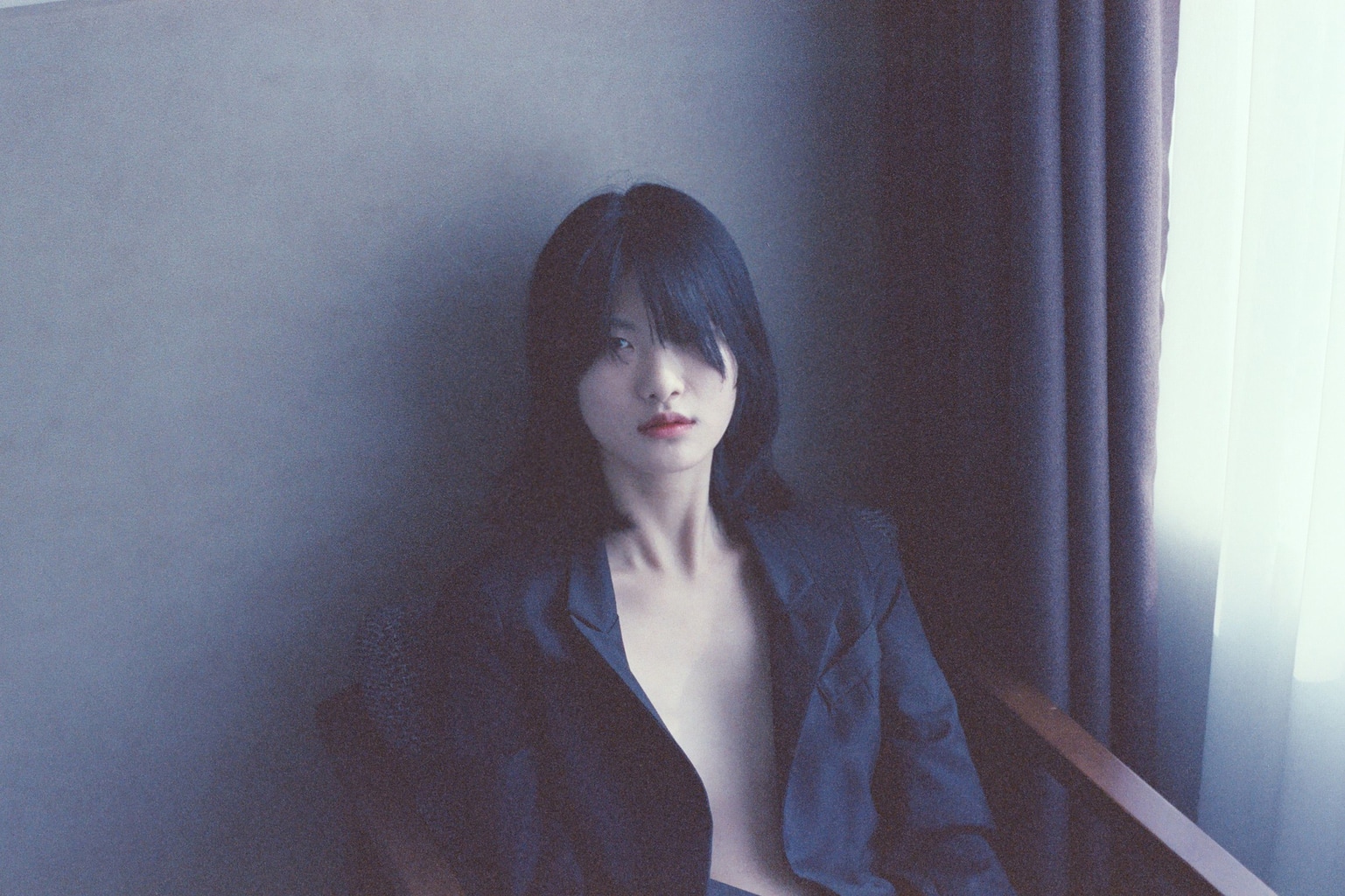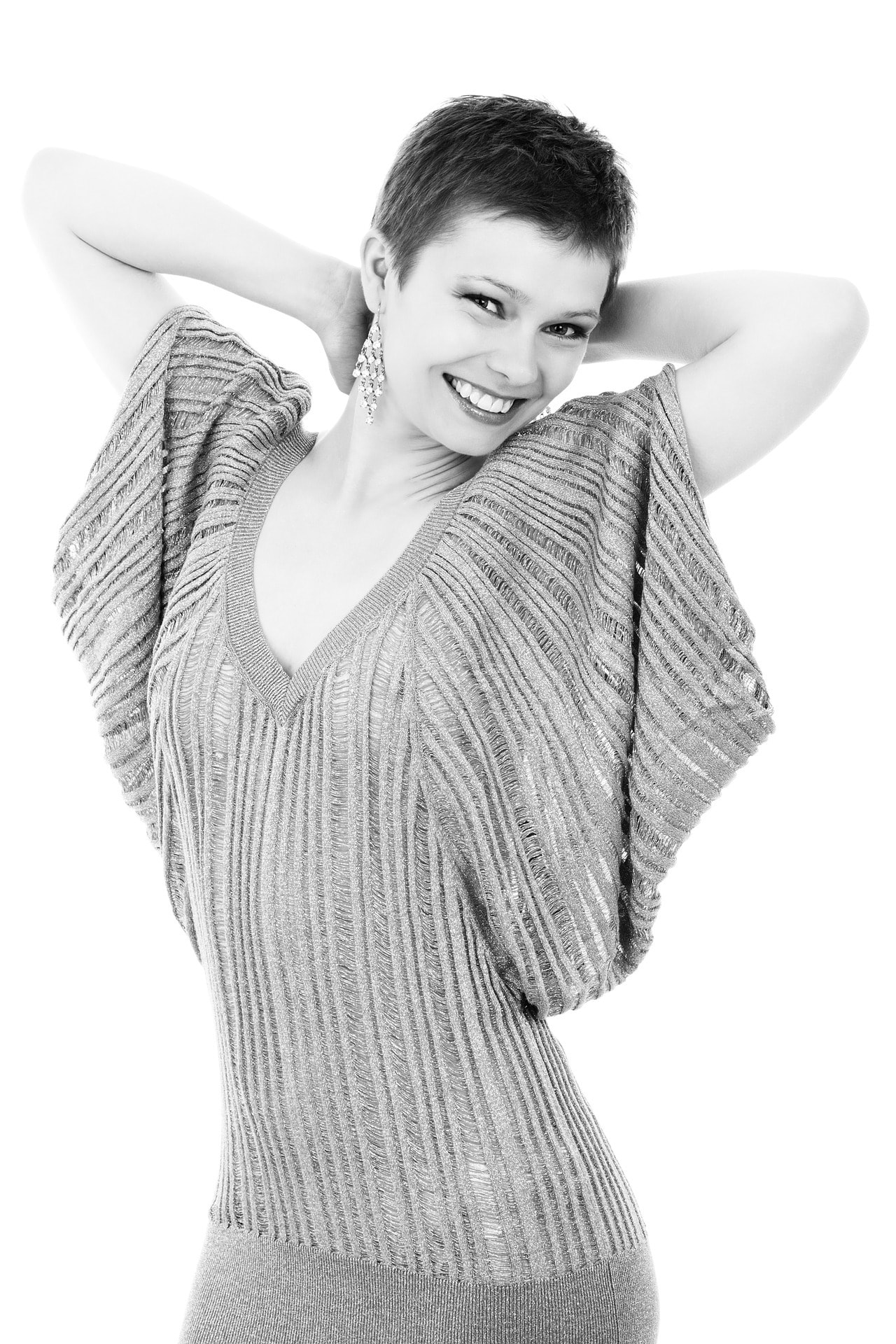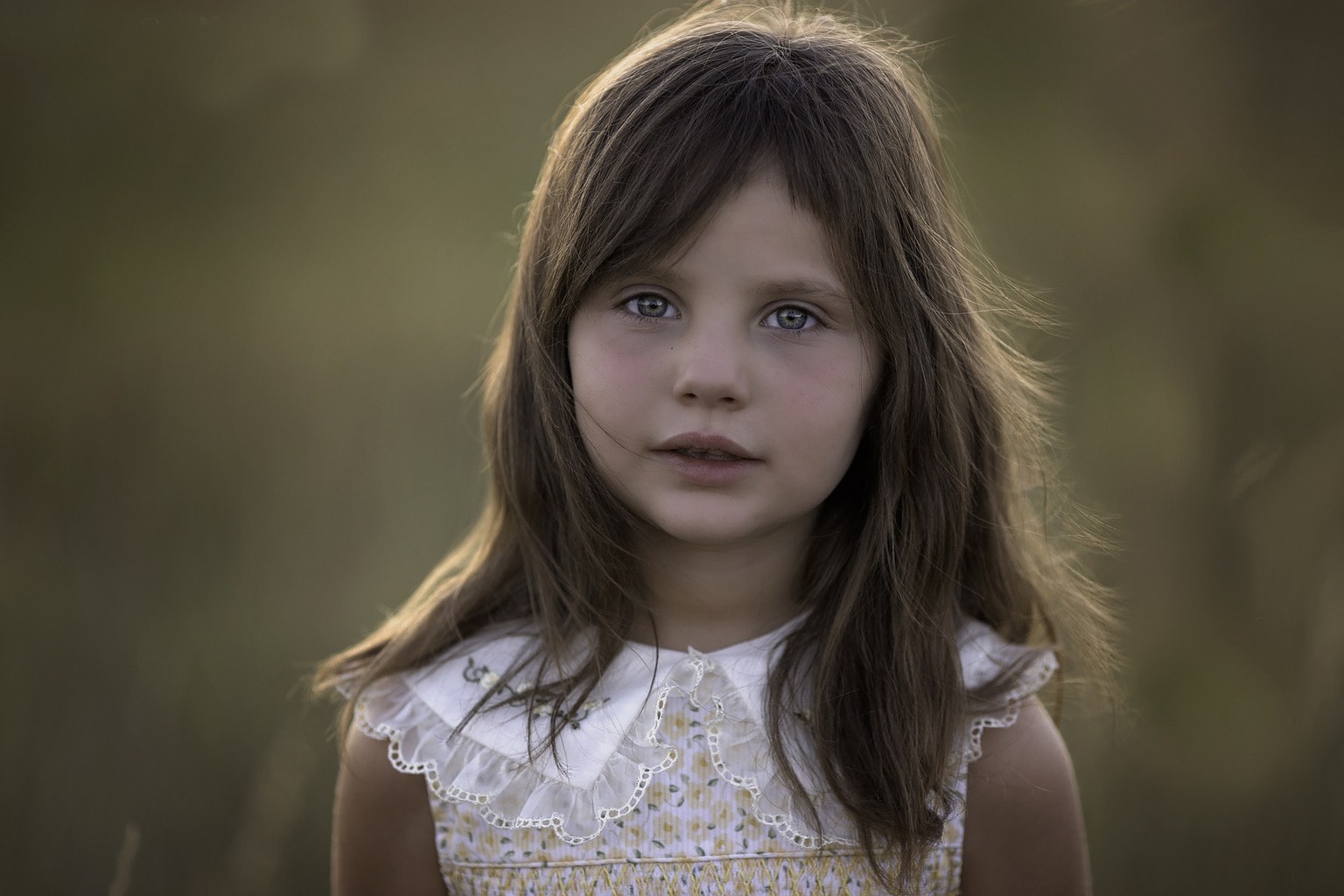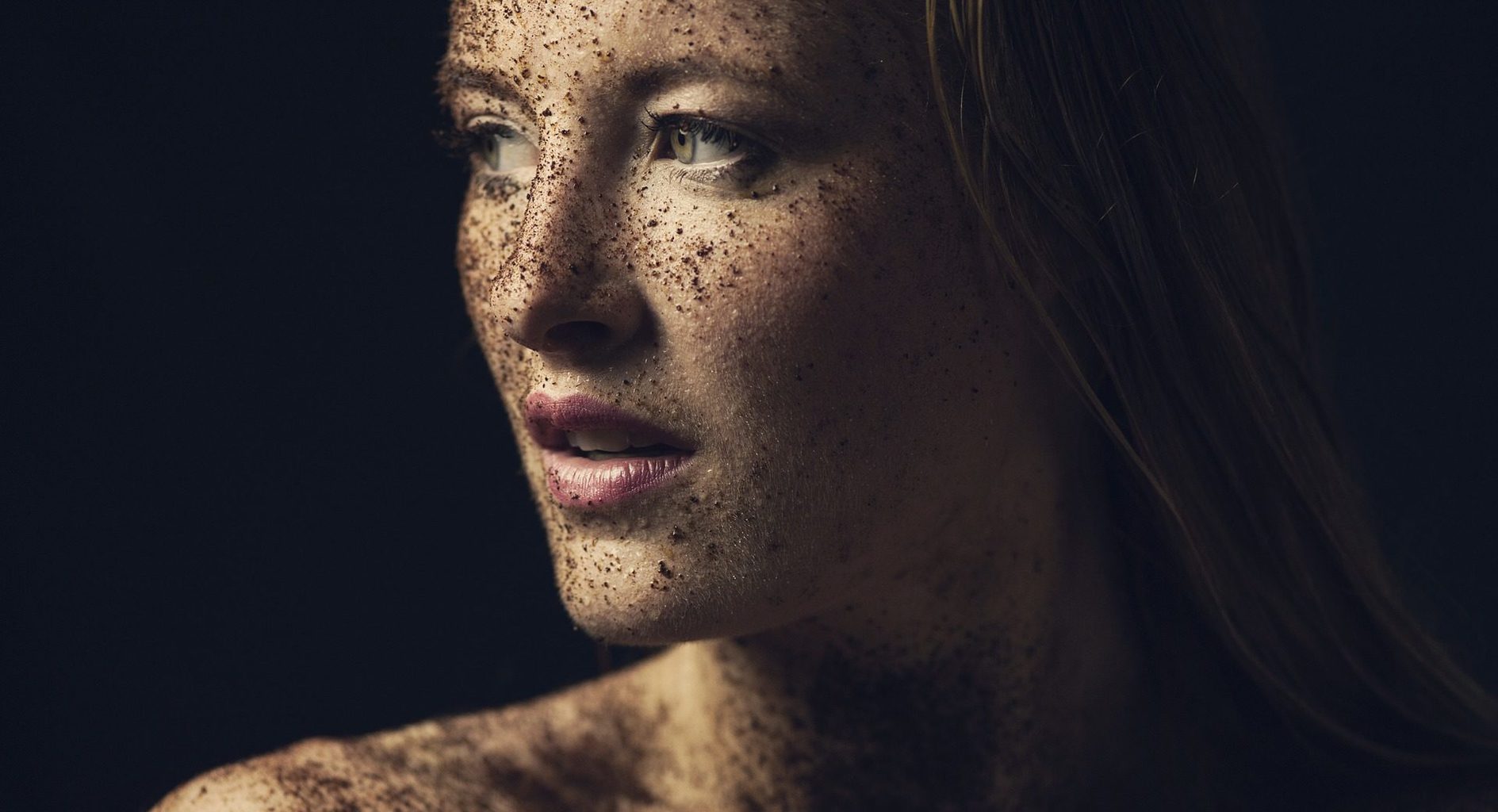One of the fundamental keys to achieving a spectacular portrait is connecting with the person portrayed. And yet, one of the most frustrating things for a photographer who likes portraits (make no mistake, almost all of us are at some point in our lives) is wanting but not being able to, not knowing, not daring and seeing how the opportunity vanishes before our astonished gaze.
Before continuing, I recommend this mega guide that we have prepared on portrait photography with all the tips and tricks to achieve incredible portraits. In addition, you will find inspiration and much more than you can imagine.
Let's continue with today's topic, how many times have you lost a wonderful opportunity out of shame? How many times do you feel that you have rushed? Or that you have lost the essence of the person along the way? Have you ever felt that you were too far away, that that smile was too forced, in short, that this was not what you wanted to show?
Between you and me, how many times? Dozens? Hundreds?…! It seems that the time has come to find a solution ? If you follow me I will give you a few tricks to try to solve this crossroads, this wanting and not being able to, this searching and not finding... Let's get to it ?
- beyond the obvious
- Empathy is your best asset
- find out who it is
- break the ice
- Keys to overcome your own insecurity
- How to make your model comfortable
- practice and patience
1. BEYOND THE OBVIOUS
There are many reasons why a portrait can fail but, for me, the worst, much worse than a technical, exposure, or even composition failure, is that the portrait is only a face on paper (or on a screen). ).
That is to say, that our portrait does not speak, does not say anything, does not transmit an emotion, a situation, a feeling, something. Regardless of whether or not that person is pretty or ugly, young or old, the portraits must speak (scream if necessary), they must explain themselves, they must move us in some way. That is the key to a portrait and, for me, the hardest part.
Think about it, when you stop before a portrait in which you say boo or wala, or wow, or whatever you say when something takes your breath away, it is because that portrait goes further, says something else, shakes you, reaches you .
2. EMPATHY IS YOUR BEST ASSET
And now you will tell me, okay, I want to do that, I want to shake the person looking at the photo, I want to reach them, I want to make my way of seeing the world theirs for a few moments, but I have no idea where to start.
Well, you are not alone (or alone) in the battle, because achieving it depends on you, but also on the person in front of you, and this is where you already get nervous (or nervous ? ) and this is where we come to the title of this section and that will summarize all the advice that I can give you below. Empathy is your best asset and not only that, it is the only way to achieve it.
Because a portrait speaks equally of you and the person in front of you , and if you get both of you to move in the same direction, with the same objective, you already have half the job done.

3. WHO IS IT?
And you will say okay, I empathize, but how do I do it with this person I don't know at all and whom I have to photograph in a few minutes?
Very easy, to photograph someone you have to know them first , and by that I don't mean that you can only photograph your brother or your mother, I mean that you should find out even a few brushstrokes of that person, spend a few moments to make a idea of who he is, what he wants, what he likes. Photographing someone without knowing them at all is not a good idea in portrait photography .

4. BREAK THE ICE
Many forced portraits happen because we have not managed to connect with our model, it may be due to our own shyness and insecurity, or because we have not managed to get our model to break with his own shame or suspicion. In order to solve it:
- smile . Nobody likes to be at the mercy (photographically speaking) of someone with an angry face. We like friendly smiles, they relax us and make us feel confident and well-being.
- Introduce yourself, tell him a little about yourself, who you are, why you do what you do. Talking, sharing and relating are wonderful ways to connect with the other person.
- Be kind , respectful and, above all, close .
- If you're funny, take advantage of it ;-). There are few better ways to break the ice :-).
- Save the camera for last. First the human relationship. Photos later ;-).

5. KEYS TO OVERCOME YOUR OWN INSECURITY
It is normal for you to be nervous before a portrait session. The portrait is not easy, the looks are ephemeral and there are so many aspects that are beyond our control. We work with people and not objects, so there are many aspects to control.
- Practice with someone you trust. Before launching into any type of photography you must practice, and a lot. Before portraying strangers, try to get comfortable with someone you trust who you can direct without fear.
- Do your homework before the session . This is: knowing what images you want to do , how you want to do them... If you arrive at a portrait session with a blank mind and nothing occurs to you, you may have a nervous breakdown, but if you already have a few clear ideas with which to start, they will help you to start and gain security and ease.
- Learn some poses you like by heart and put them into practice.
- There are posing applications that you can carry on your Smartphone (for example ( Posing App) for inspiration and/or moments of urgency ?
- The hardest thing is starting. So do it. That is, take some photos without thinking too much, make the necessary adjustments, the necessary tests. That's it, you've already started. See how easy? ?
- Practice a lot . The more you master the technical part, the more you can forget about it and you can focus on the artistic part of the process 100%. So you can get closer to what you had in mind
- Trust in you . You can do it ?

HOW TO MAKE YOUR MODEL COMFORTABLE
Surely you are not the only one who is nervous before a portrait. Therefore, do not forget the magic word: empathy , that is, put yourself in their place:
- Integrate it into the session: that is, explain what you are going to do , what you want to achieve, what you need the other person to do. The unknown scares us, but if we have clear and precise information about what is going to happen next, we feel more confident.
- You run the session and that's the way it should be, that is, you are expected to do it and if you don't, chances are everyone will get nervous.
- If your model is somewhat camera shy:
- Look for natural poses in which you feel comfortable.
- Give him something to do with his hands , keeping our hands busy relaxes us (you have your camera, but he or she…? ?
- feel it . Is it true that you prefer a job interview sitting than standing?
- Propose to do an activity with which you feel comfortable. This way you will have more dynamic images and your model more relaxed.
- Invite him to lean against the wall . Doing so also loosens up your overall pose and attitude.
- Start with the widest shots and leave the close-ups for when the session flows more naturally.
- Be clear and concise in your requests (but without going overboard). That is, better a "look there and think of something that makes you feel joy" than: "look there, smile, raise your foot 90º to the right, your shoulder at 45º from the wall, your chin at an angle..." ?
- Do not constantly stop to look at the screen , that slows down the session and makes it heavy, in addition to the fact that while you check your screen, you can miss unique moments.
- Show yourself confident , if you are relaxed, you will spread it to anyone close to you.
- You know how difficult it is to be in front of a camera for most mortals, right? Well again, I tell you: put yourself in their place :-).
PRACTICE AND PATIENCE
Be patient, a lot, and be flexible. Sometimes things don't turn out as expected, sometimes they turn out even better. Inspiration often comes to us while working, believe me. A million times I had an idea in my head that in the end didn't work, but following that initial idea, an even better one came to me. The question is to persevere and not give up. Set feasible goals and results and gradually reach your milestones.
Have you ever found yourself in any of these situations? In that case, I hope you find at least a couple of ideas to come in handy the next time you have to "face" a portrait. Oh, and don't forget to share this article so that more people can benefit from its content. Thank you very much for reading this far and until next time ?


